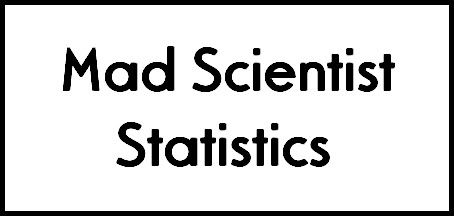Scatterplots
Scatterplots display the relationship between two quantitative variables on a graph. The two values are plotted as dots with x - coordinates equal to one variable and y - coordinates equal to the other.
If one of the variables is an explanatory variable it is given the x - axis.

(The amount of water given is the explanatory variable.)
There are 4 important things to look for in scatter plots:
1. Form
The form is the pattern the dots follow.
Some forms are:
Linear relationships - Where the dots appear to follow a straight line, as in the example above.
Curved relationships - Where the dots appear to follow a curved line.
Clusters - Where the dots are clustered together into one or more group/s.
2. Strength
How closely the dots follow the form tells us the strength of the relationship between the variables.
3. Direction
Variables can be described as positively associated or negatively associated.
If two variables are positively associated, that means high values of one of the variables correspond with high values of the other, and low values of one correspond with low values of the other (as in the example above.)
If two variables are negative associated, that means high values of each of the variables correspond with low values of the other.
The type of association the variables have is called the direction of their relationship.
4. Outliers
Any dots far away from all the other dots.
There are not always clear, or in fact any, relationships between two variables, so there is not always a clear form or direction.
To distinguish between the dots plotted for individuals that have different categorical variables (e.g. species of plant,) we can use different colour dots or different symbols altogether, like squares or stars.



0 Comments:
Post a Comment
<< Home